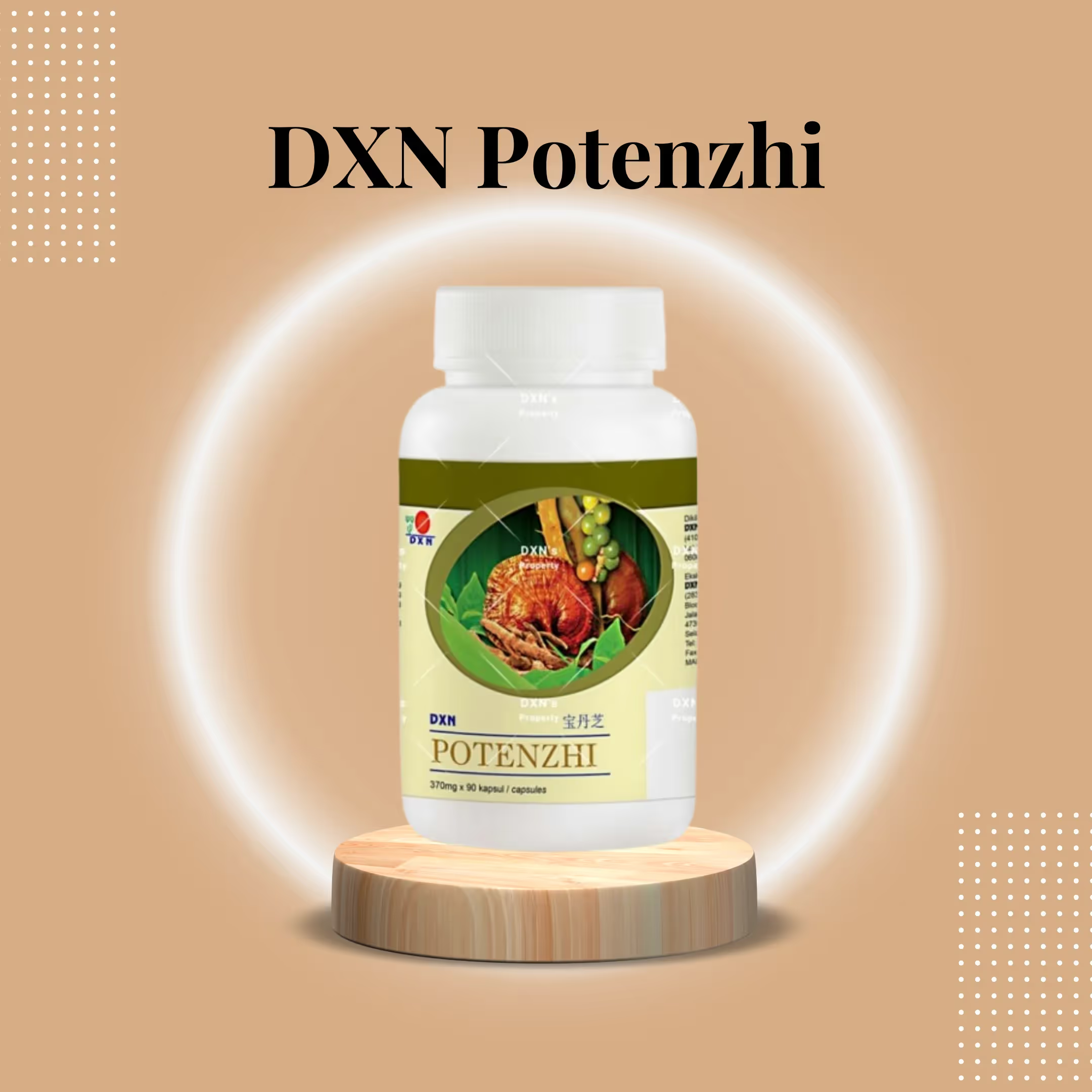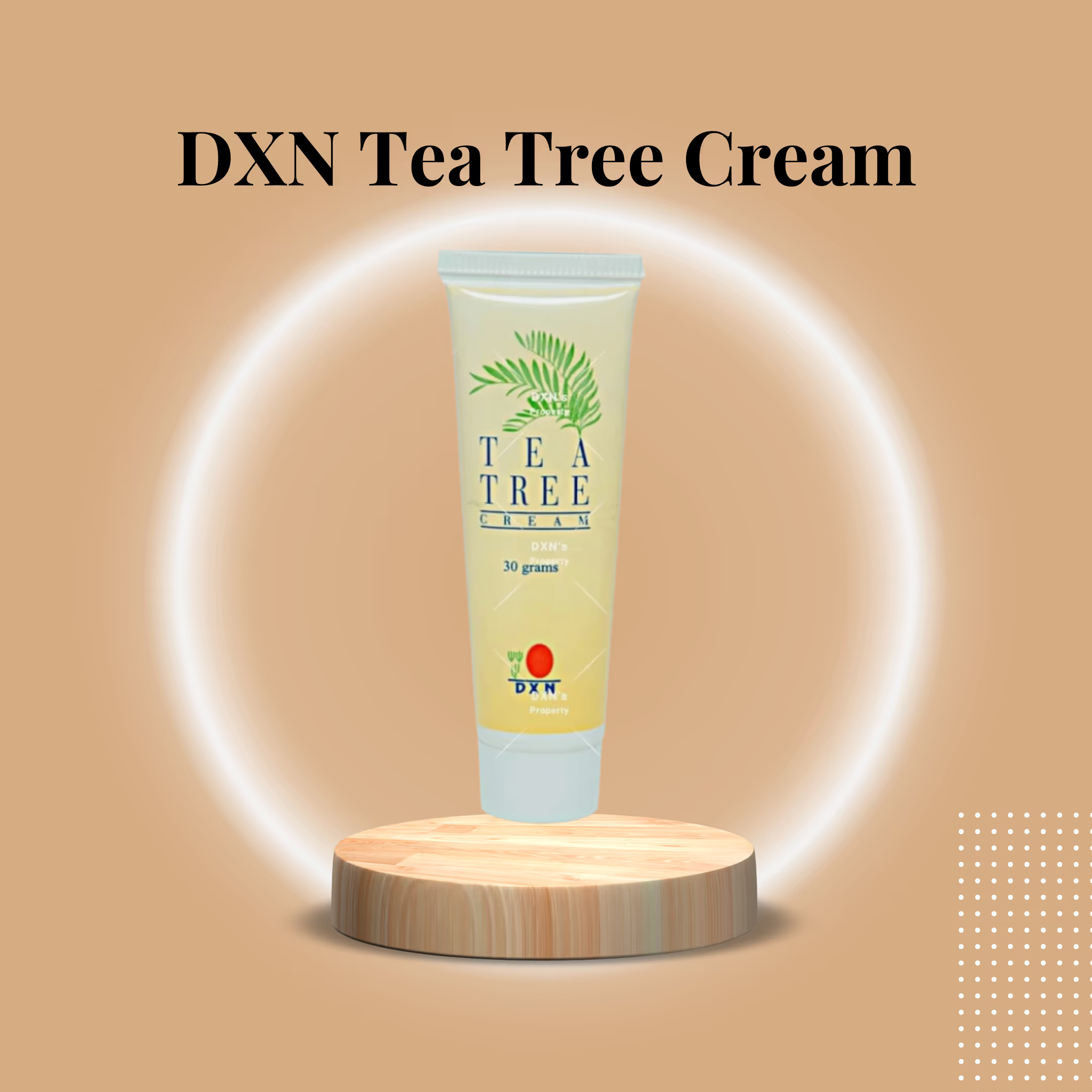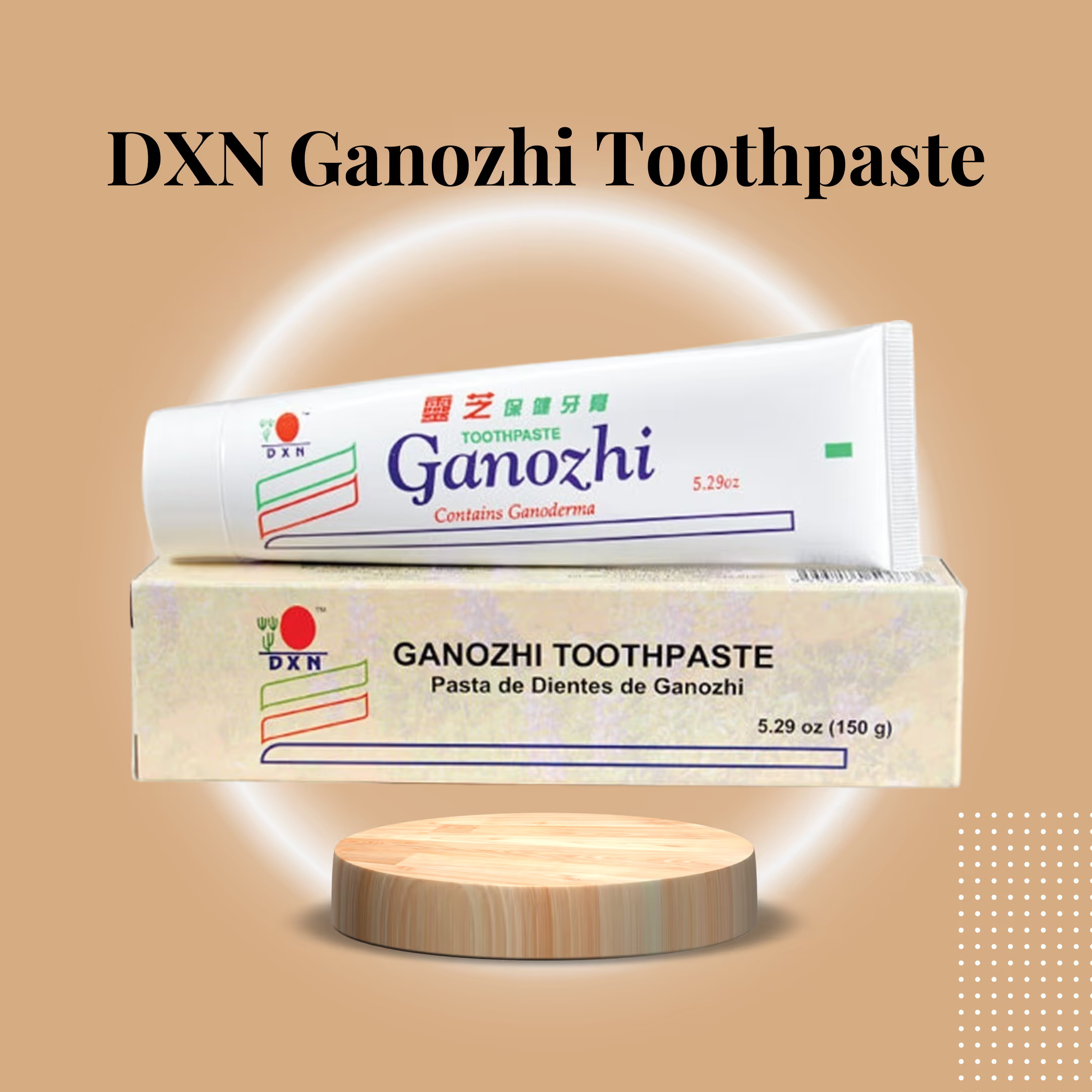Why a Blended Adaptogen Can Be Smarter Than a Single-Ingredient Tonic
Most people don't just need a quick jolt of energy—they need reliable resilience. Modern stressors are complex, as irregular sleep, heavy mental workloads, intense training, and dietary gaps all combine to erode energy, focus, and hormonal balance. A single plant or mushroom can be beneficial for a narrow purpose, but multi-component formulas are intentionally designed to address multiple physiological pathways simultaneously. When ingredients are selected to complement one another—for example, a compound that supports hormonal pathways paired with fungi that calm stress responses and improve cellular energy—the outcome is often more balanced and sustainable than any single-ingredient approach.
A well-constructed blend prioritizes safety and synergy.
In this model, compounds that modulate hormones don't act in isolation; their activity is cushioned by adaptogens that stabilize stress systems and by supporting botanicals that enhance absorption and recovery. This layered approach is what differentiates high-quality multi-herb products from one-note tonics: it aims to create an internal environment in which positive changes are supported rather than forced.
At the heart of an intelligently formulated vitality blend, you'll typically find two groups of ingredients: targeted root extracts that influence hormonal and libido-related pathways, and adaptogenic fungi and botanicals that drive systemic balance and endurance.
Key Ingredients and Their Complementary Roles
- Eurycoma longifolia (Tongkat Ali): Included because of its long history as a male tonic in Southeast Asia. Its chemical profile contains compounds that have shown potential to influence testosterone-related pathways and to moderate cortisol, the primary stress hormone. Lowering chronically high cortisol can indirectly help sexual desire and energy, because stress hormones tend to blunt libido and sap recovery. While research is promising for subjective improvements in sexual desire for specific users, it is not a guaranteed medical cure for sexual dysfunction; the best outcomes happen when Tongkat Ali is used as part of a comprehensive health strategy.
- Butea superba: Complements Tongkat Ali's profile by reinforcing traditional claims around sexual desire and erectile support. Its precise mechanism isn't fully characterized, and modern evidence is mixed; however, it is used in many formulations for the additional targeted drive it provides. Significantly, it can affect blood pressure in some people, so combining it with prescription drugs that also lower blood pressure requires caution.
- Ganoderma lucidum (Reishi): Serves as the calming backbone. Traditional medicine has utilized it for centuries to aid sleep and recovery. In a targeted vitality formula, Reishi's role is to reduce stress reactivity, support immune stability, and create an internal environment that tolerates and benefits from hormonal modulation. In short, it helps keep the system balanced while Tongkat Ali and Butea provide the drive.
- Cordyceps sinensis (or cultured Cordyceps mycelium): This is the endurance specialist. Scientific studies and traditional uses converge on Cordyceps' ability to support cellular energy production (ATP) and improve oxygen utilization. For athletes and busy individuals alike, it helps improve sustained functional energy and faster recovery.
- Bioavailability and Supporting Botanicals: Ingredients like black pepper (piperine) and green tea are small but powerful contributors. Piperine increases the absorption of many herbal compounds, meaning your body can make better use of the expensive extracts. Green tea contributes antioxidant power, supporting recovery and cellular resilience. Other regional roots and stems typically provide supporting actions, including circulatory support, to make the whole formula behave like a cohesive therapeutic system rather than a collection of isolated actives.
How the Blend’s Strategy Plays Out in Real-Life Benefits
When you link targeted roots, adaptogenic fungi, and absorption enhancers, the likely practical benefits form a helpful cluster rather than a single-point claim:
- Improved Libido and Male Vitality: Many users report enhanced sexual desire and better overall sexual responsiveness when stress and lifestyle factors are part of the issue. Because the combination addresses both stress hormones and the hormonal environment related to drive, it can be more effective for lifestyle-related libido decline than a single modality.
- Stress Modulation and Mood Stability: Reishi and other adaptogens help blunt the adverse effects of chronic stress. The result is often improved focus, better emotional resilience, and sleep that feels more restorative—all of which contribute to better daytime energy and libido.
- Sustainable Energy and Endurance: Cordyceps' support for ATP production and oxygen efficiency means energy gains that feel functional—they help you exercise better and recover faster, rather than merely masking fatigue.
- Immune Support and Recovery: The fungi in the blend are traditionally understood to modulate immune responses, helping the body remain adaptive rather than reactive. For anyone juggling training loads, work pressures, and travel, that immune balance reduces downtime and supports consistent performance.
Who Typically Benefits the Most from This Kind of Approach
Not every person needs a blended adaptogen. The formula is most relevant for:
- Fitness Enthusiasts and Athletes: They want endurance and faster recovery but also value immune stability and hormonal support. For them, the combination of Cordyceps with root extracts offers both performance and recovery benefits.
- Busy Professionals: Their energy and libido have been impacted by chronic stress. These users often benefit from an ingredient that calms stress pathways (so they can sleep and recover better) plus a targeted tonic to restore drive.
- Men Seeking Natural Support: Those looking for an evidence-informed natural approach to supporting libido and vitality, especially where lifestyle and stress may be contributing factors.
Safety Realities, Interactions, and Regulatory Framing
There's a critical distinction to make: dietary supplements are not medicines. They are intended to support wellness and are not approved to diagnose, treat, cure, or prevent disease. That regulatory framing matters for how you evaluate expectations and monitor outcomes.
- Who Should Avoid: Pregnant or breastfeeding people and children should avoid them due to limited safety data. Anyone on prescription medications—particularly blood-pressure drugs, nitrates, or medications for erectile dysfunction—should consult a clinician. Some traditional root extracts can influence blood pressure or interact in ways that require medical supervision.
- Potential Side Effects: Most healthy adults tolerate these blends well, but watch for dizziness, faintness, or palpitations—particularly if you're combining them with medications that lower blood pressure. Allergic responses to mushrooms and unusual digestive symptoms are possible in sensitive individuals.
- Quality Control Concerns: The herbal supplement market has documented problems, including heavy metal contamination and adulteration with pharmaceutical actives in unethical formulations. These risks are not theoretical—they're why sourcing, third-party testing, and manufacturer transparency matter. High-quality manufacturers will provide lot numbers, testing results, and traceable sourcing to reduce these risks.
Practical Dosing and Usage Routines That Actually Work
The science behind adaptogens suggests that their effects are cumulative rather than instantaneous. A thoughtful usage protocol combines consistency with occasional strategic timing:
- Typical Daily Maintenance: One capsule daily after a meal is a reasonable baseline for many people. Taking the capsule with food, especially healthy fats, improves the absorption of fat-soluble constituents.
- Performance Days: If you're planning an intense training session or competitive event, an additional dose roughly 60–90 minutes before activity can allow the Cordyceps component to peak when you need it. This timing strategy helps translate cellular-level improvements into tangible performance benefits.
- Trial Period and Commitment: Adaptogenic and hormonal-support products often require an 8–12 week trial to reveal meaningful trends. Track outcomes consistently during this period to avoid prematurely discontinuing a benefit.
Measuring Progress with Simple Metrics
Subjective impressions can be misleading. Use a few simple, repeatable metrics to assess progress objectively:
- Energy rating (1–10) in the morning and mid-afternoon.
- Sleep quality (duration and perceived restfulness) recorded nightly.
- Perceived stress rating each evening.
- Training performance metrics like time to fatigue, perceived exertion, and recovery time.
- Libido rating using a simple weekly checklist.
These metrics help distinguish between placebo effects, normal fluctuation, and real change over time.
Where a Blended Option Fits
- Single-Ingredient Products: Still have their place. Reishi alone is ideal when the primary goal is deep stress recovery and immune balance; Cordyceps alone is best when maximizing aerobic capacity is the top priority.
- Blended Formula: This is the most practical choice when you want multiple outcomes—stress resilience, hormonal support, endurance, and recovery—with one consistent regimen. The question is always the same: do you want a surgical tool or a comprehensive toolkit? Blends favor the latter.
Realistic Expectations
- Reasonable Outcomes: Enhanced subjective energy, gradual gains in stamina, improved sleep restoration, and increased libido for people whose issues are lifestyle- or stress-related. Enhanced recovery from workouts and a more stable mood profile are also common.
- Unreasonable Expectations: Immediate cure of severe erectile dysfunction, reversal of serious endocrine disorders, or replacement of a prescribed medical therapy. Supplements are adjunctive tools, not replacements for appropriate medical care.
Compact Action Plan to Start an 8–12 Week Trial
- Decide your primary objective (energy, libido, endurance, stress resilience).
- Start with one capsule daily after breakfast for two weeks to gauge baseline tolerance.
- If tolerated and your objective includes performance, add a pre-activity capsule 60–90 minutes before training on workout days.
- Track energy, sleep, training performance, and libido weekly.
- Reassess at 8 weeks: Look for trends rather than day-to-day variation. If progress is meaningful, maintain; if not, consult a clinician for further testing or adjustment.
.avif)





